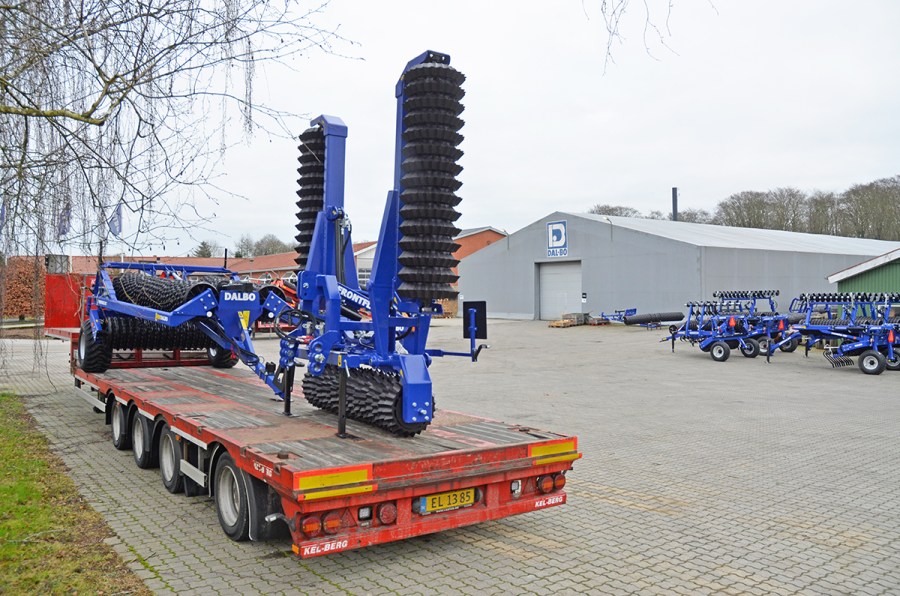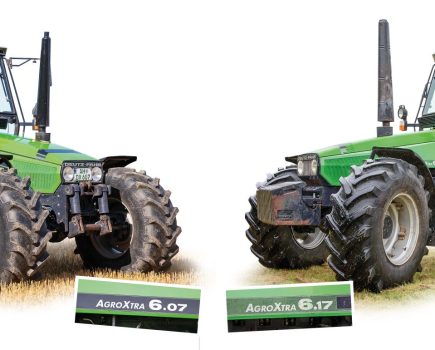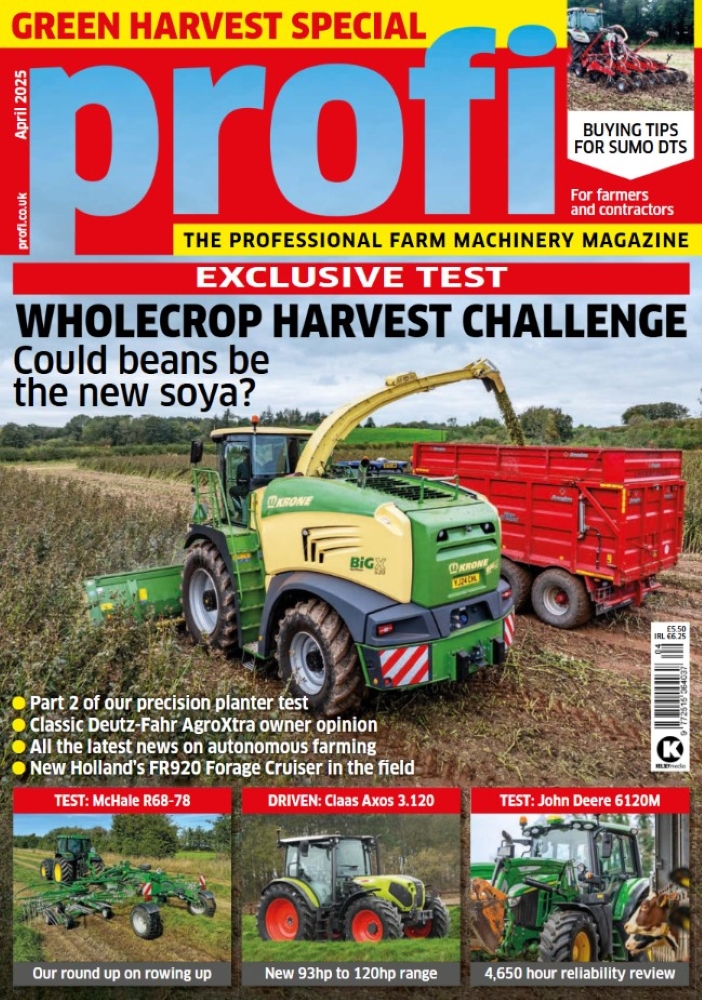At Agromek, Dalbo showed a 12m Powerchain as part of its increasing range. We’ve been to the Danish factory to see where it, and the rest of the manufacturer’s machines, are made.
NEED TO KNOW
- The business was started by Henry Pedersen in 1948 from a small forge in Randbøl. The company celebrated its 75th anniversary in 2023.
- The first rollers were sold in 1961. The Dalbo name was born in 1963 and the first export order was for a roller to Norway.
- First appearance at the Agromek show in 1975, followed by a small stand at SIMA in 1980. In 1982, it debuted at the DLG trade fair in Germany; the forerunner to Agritechnica.
- Dalbo has its own sales subsidiaries in the UK, Germany, France and Poland.
- The UK is the company’s biggest market.
- The numbers were down a bit in 2024, but approx. 1,800-2,000 machines are made at the plant each year. Rollers account for around 80% of production.
- 100 staff worked at the plant is 2022. The declining market has seen this number since drop to 80. There is a single day shift on week days.
- Dalbo was sold to Italian company Demetra (part of the Alcedo organisation) towards the end of 2022. Demetra also owns BreviAgri and AgriMaster.
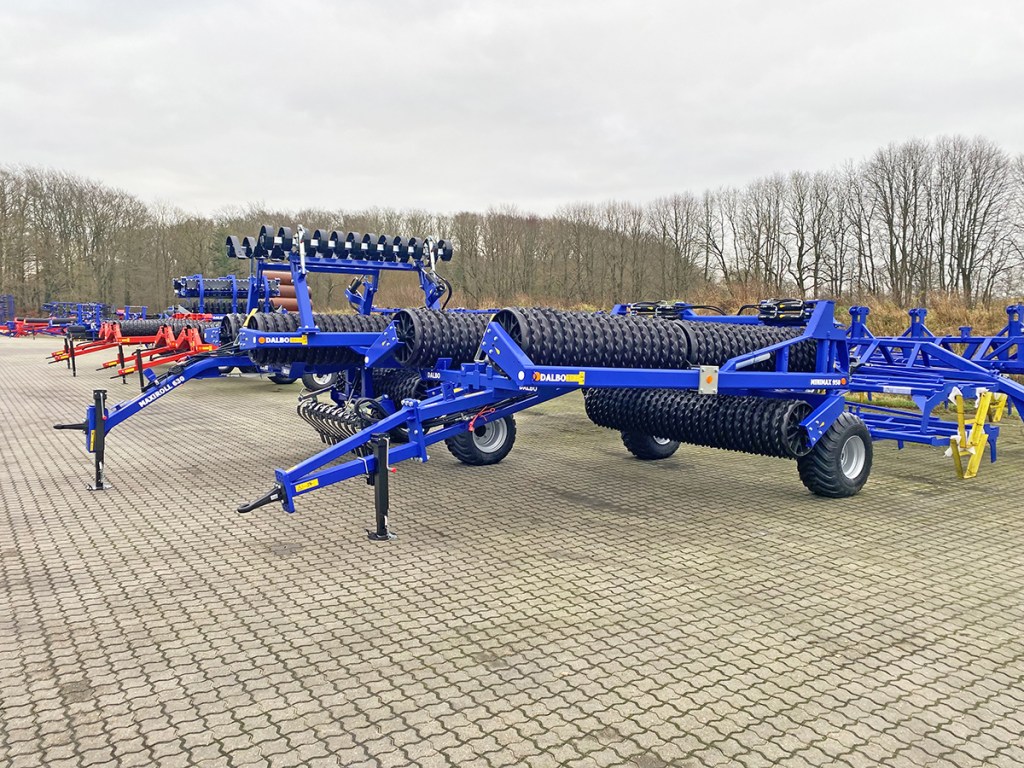
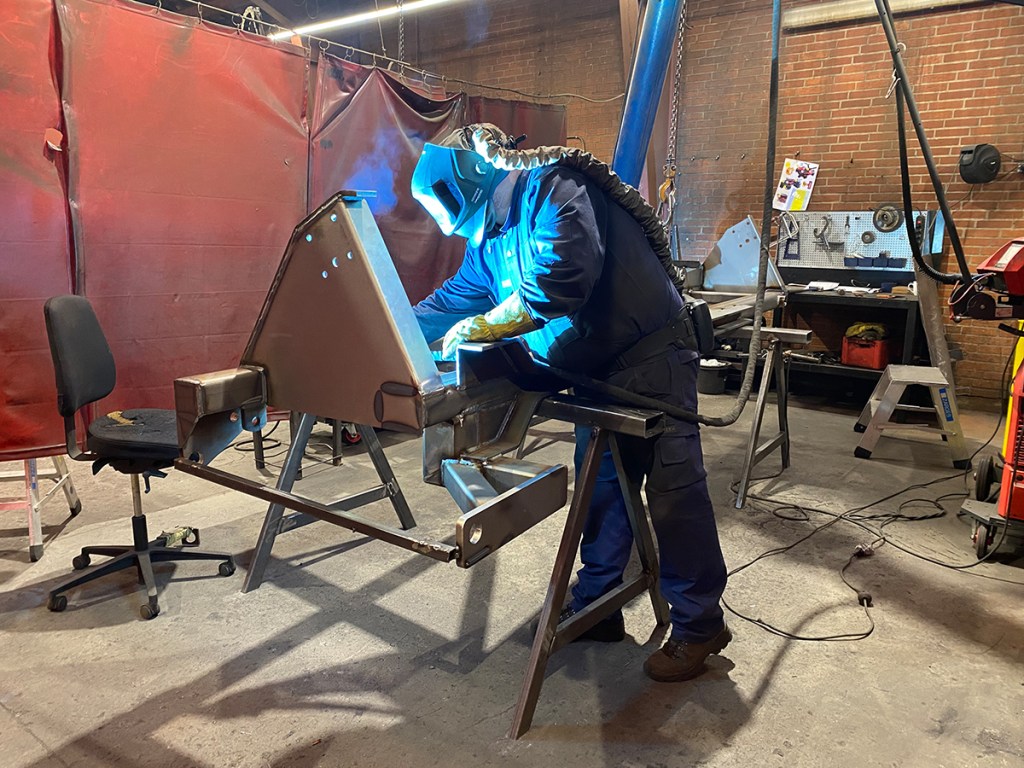
More than 90% of the rollers, cultivators and packers made by Dalbo end up in the three main export markets of the UK, Germany and France. The Danish manufacturer has a long history in the number one export market of the UK where many arable and livestock farms use some form of Dalbo roller or know someone who does.
The Dal in Dalbo means valley in Danish and bo is a house. A house at the top of a valley is a good way to describe the Randbøl location. Surrounded by a mix of forests and farmland, the river at the valley bottom is close to the end of its journey at the Danish town of Vejle.
Friendly Dane Paul Møller heads up the technical department, and with 21 years of service, knows a thing or two about the plant. All the fabrication and assembly processes all take place in a series of connected buildings (12,000m²), close to the original house at the site, which now functions as offices.
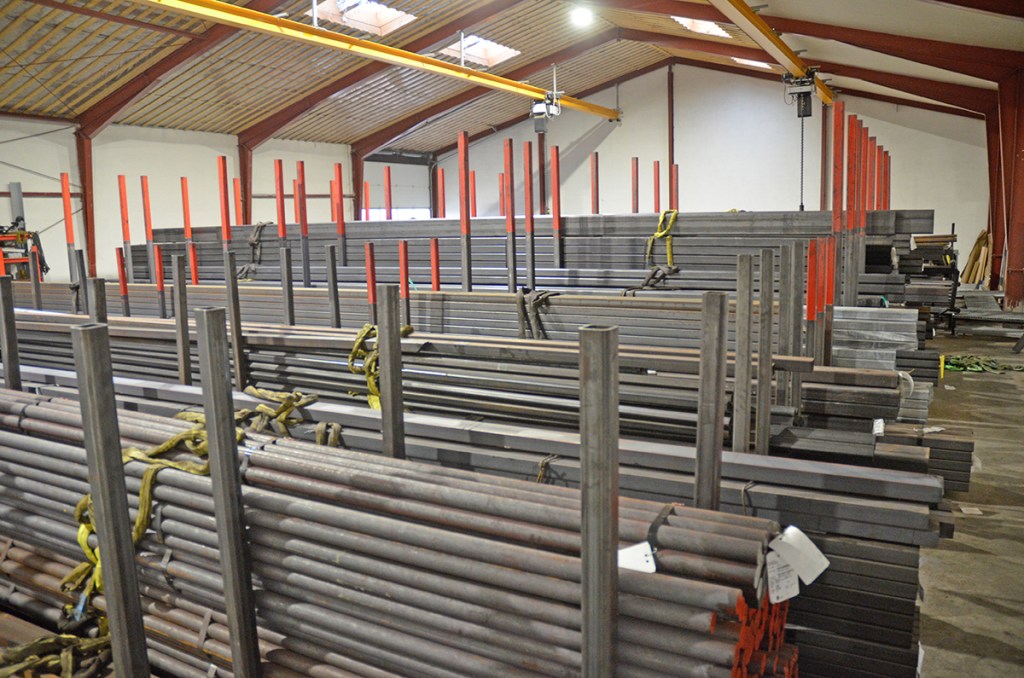
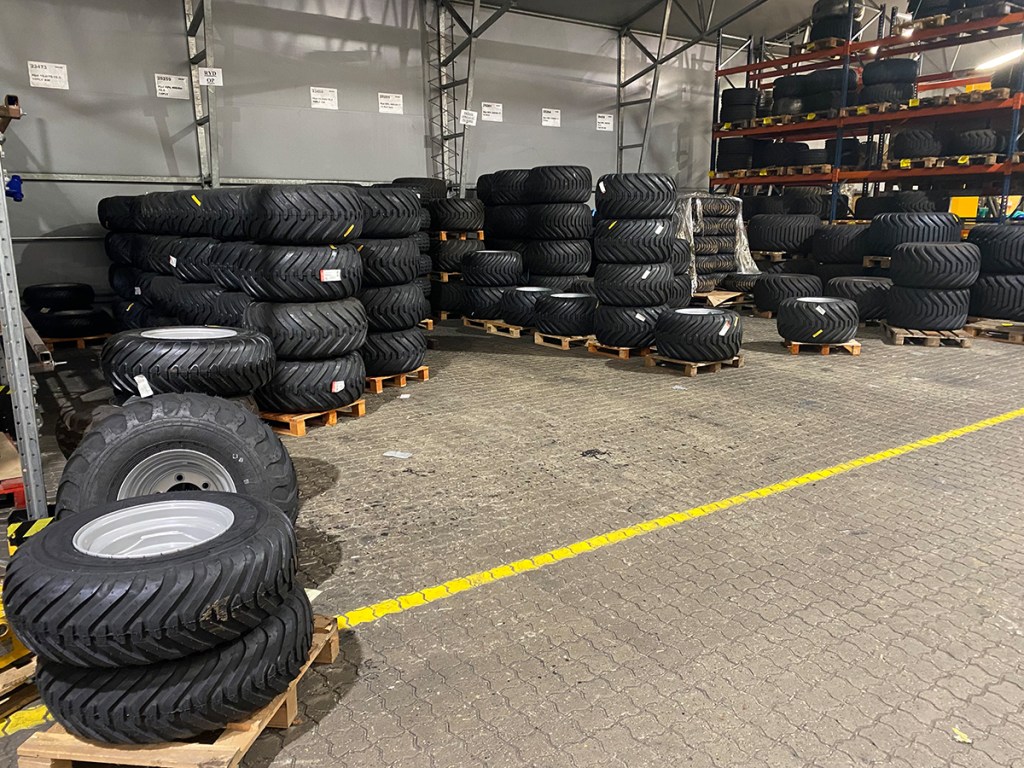
The company buys in discs, rings, wheels, hydraulic rams and pipework, but makes all the chunky steel frames and axles for the roller rings. The thickest box-section steel is 10mm, but steel sheets range from 1-50mm. The thickest is used for the tines on the Trimax, and all steel is cut, welded, painted and assembled at Randbøl.
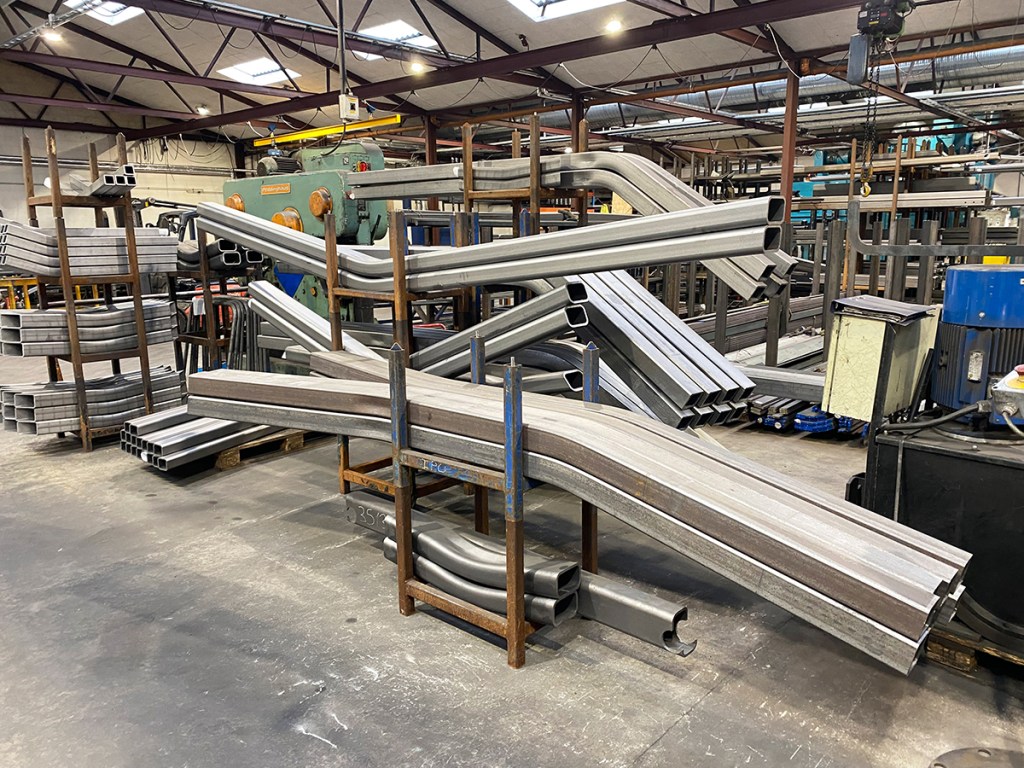
More welding robots
Although not working at the time of our visit, one of the newest of three welding robots was installed in 2022. It is used to weld central frames for the Minimax 950, PowerRoll, MaxiRoll Greenline 630 and MaxiCut 600.
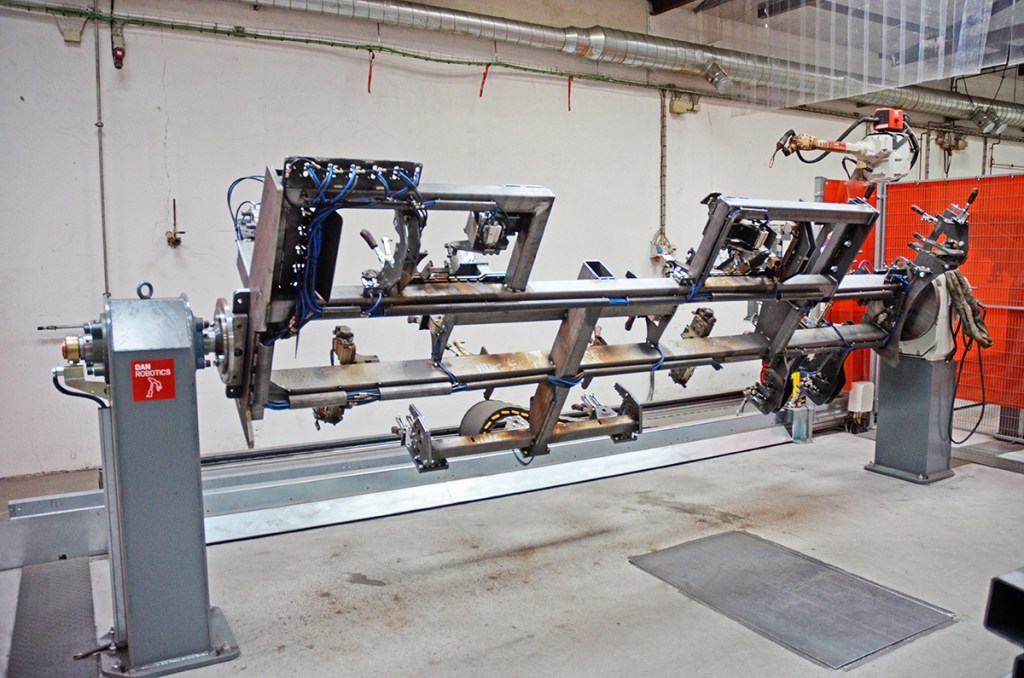
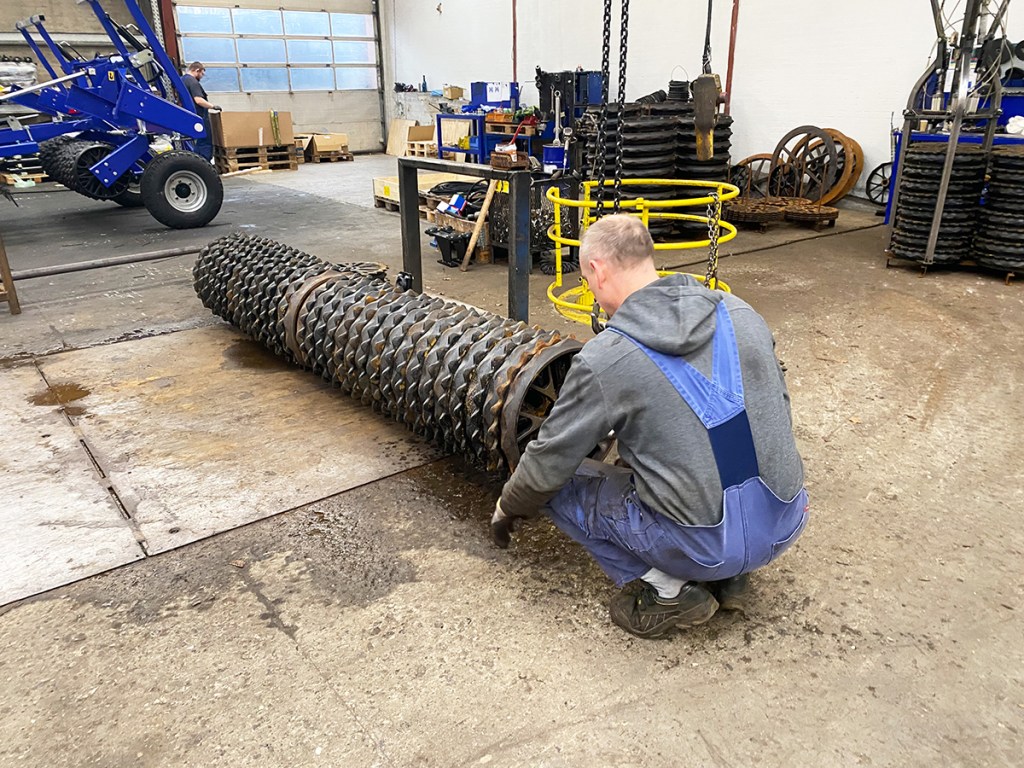
Manual hands are still needed to spot weld these larger parts, and tackle smaller items, and that welding plays a crucial part of the production process is evident by the 42t (6,791km) of welding wire needed each year.
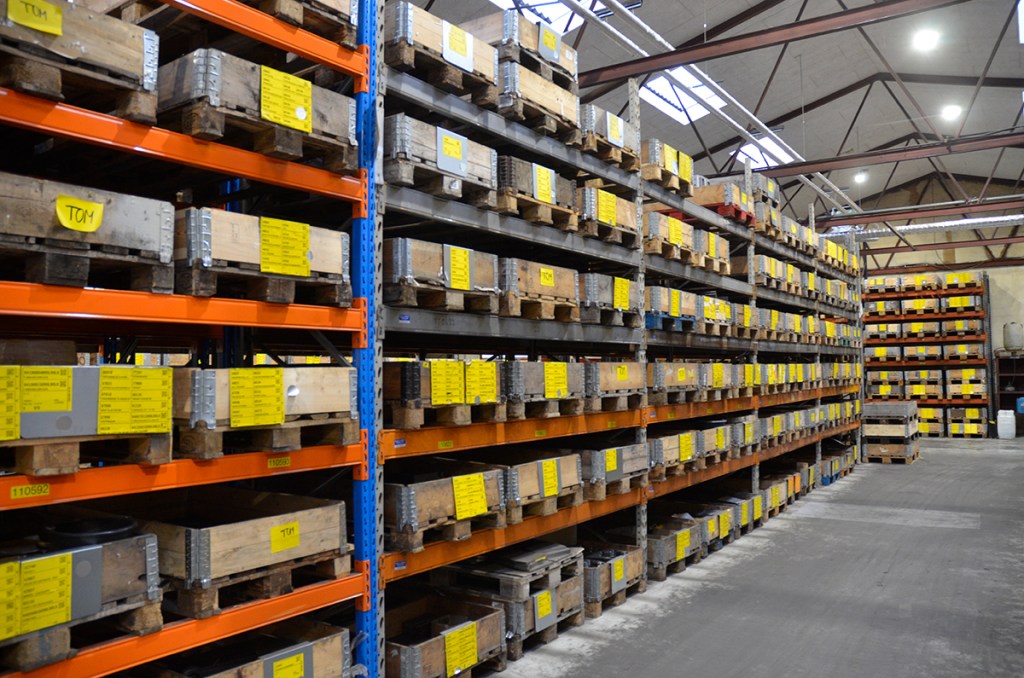
Paul points out that the current format of buying in certain components and making the rest, will not change. “But we will need another one or two welding robots for larger parts in the future and more automated systems,” he says.
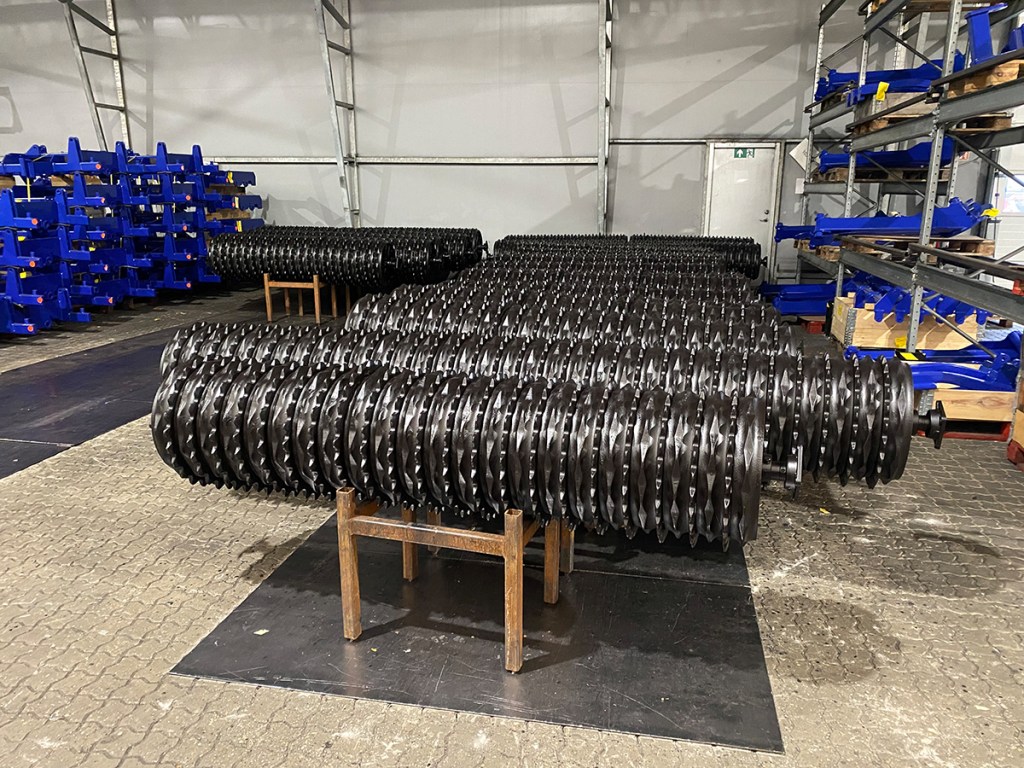
Rollers are the main business for Dalbo. The widest model currently in development has a width of 18.3m, but prototypes of the 24m MegaRoll 2430, previewed at Agritechnica 2017, are running in the UK and France. These used to weigh 24t, and while tractor weight is more important than power when working with a roller, engineers managed to tweak the rings and reduce the weight by 3.0t.
Dalbo works with 70 different types of cast iron roller rings, and if you were to lay all the rings from the 200-odd containers that arrive each year side by side then it would stretch nearly 18.5km; the distance from Dalbo to Billund international airport.
Getting dressed
Once the welding is finished, the parts are prepped for the paint shop. The two-component layer is applied in one go and it takes around three hours to complete the process.
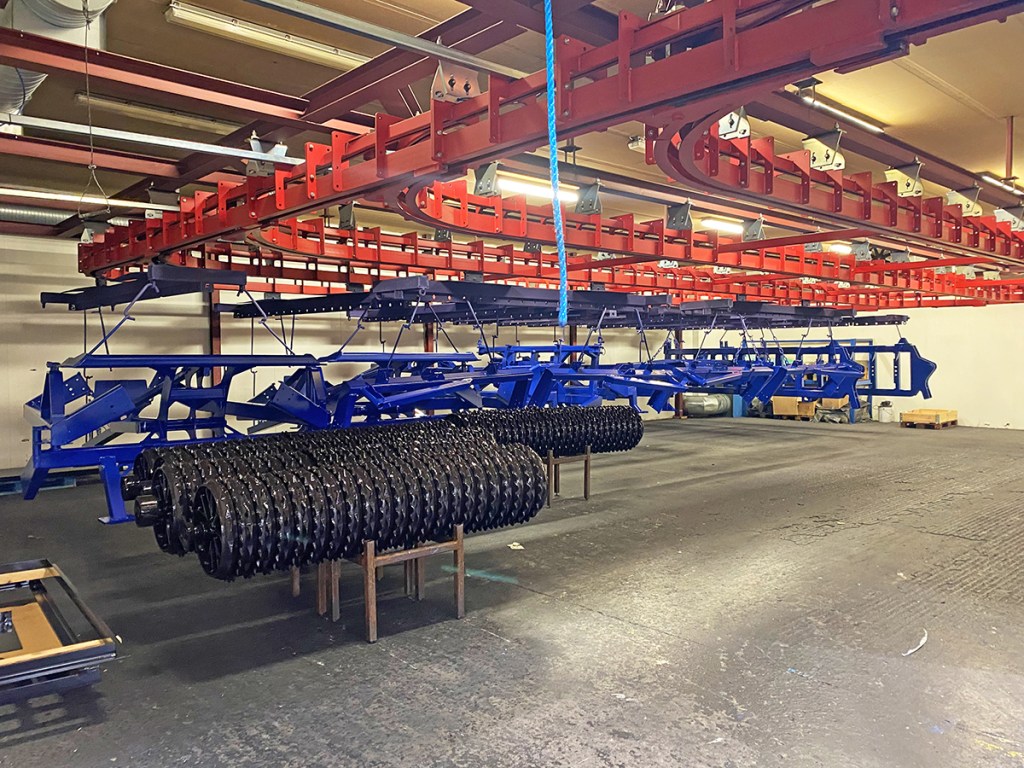
It depends on the width, but staff in the production building can assemble six to seven machines at the same time. We saw implements at various stages of assembly, including a nearly finished Trimax 300 and a partly disassembled Powerchain 1200.
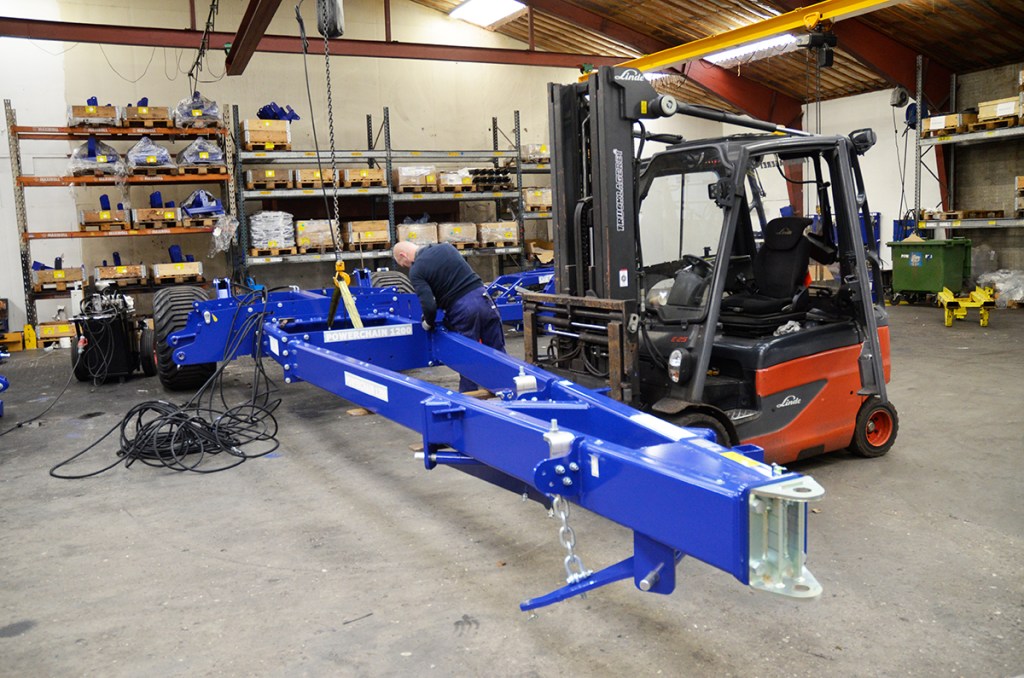
When Dalbo launched the Powerchain three years ago it was available in a working width of 8.0m (800). Joined later by the 5.0m 500, the Powerchain 1200 (12m) was previewed at Agromek last November. We saw a new 1200 being disassembled as it was prepped for transport.
Four machines ran in 2023 and 2024 in Germany and Poland, and the company sees a promising future for the three machines.
“The 8.0m model will suit most of Europe and the 5.0m version is ideal for Southern Europe,” says Paul Møller. “There is a big opportunity for us with the 12m model in Eastern Europe and Australia.”
So far, the company reckons to have sold around 100 Powerchains. Ten of these are in Australia, but the majority are in Europe.
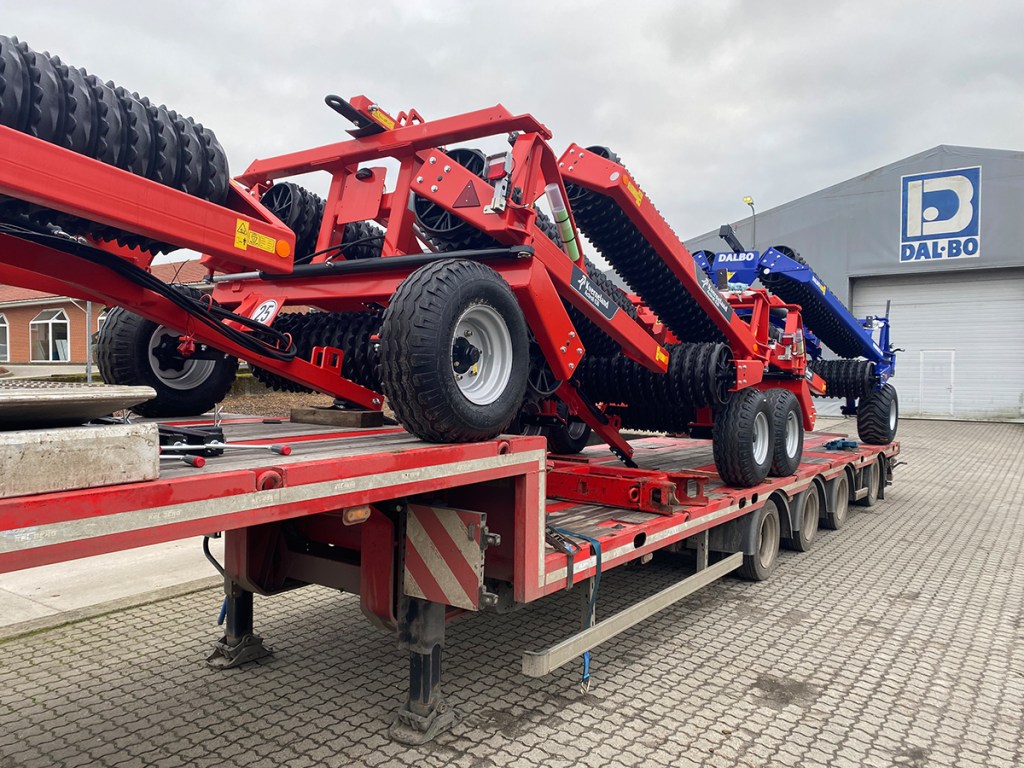
There was just enough time for a brisk stroll through the dispatch yard, which contained a mix of Dalbo and Kverneland machines. Dalbo has produced the Actiroll for Kverneland since 2007.
DALBO IN THE UK
The Danish manufacturer set up Dalbo UK in May 2010. Based in Aylsham in Norfolk, the subsidiary has established itself to be a leading provider of rolls and cultivators, both seedbed and stubble. Working with a loyal group of over 20 dealers, most of whom have been with the company since the start, Dalbo UK has a good countrywide coverage. The company has seen a big swing in the most common size of arable rolls sold.
“In 2010 the most popular width was 6.3m but by 2014-15 the 12.3m model became, and still remains, the most popular width of roller sold,” comments general manager, Steve Atkin of Dalbo UK. “So much so that in 2024 the 1,000th set of 12.3m Dalbo rolls was sold in the UK. In fact, the whole PowerRoll range of rolls (10.3m to 18.3m) has seen an increase in sales as customers want to be more efficient with fewer passes and therefore fewer wheelings. With weather playing a huge part in when you can or cannot use a roller, it’s important that when the time is right you are equipped to cover as much ground as possible.”
The company has seen the same apply to the range of MaxiRoll Greenline trailed grass rollers.
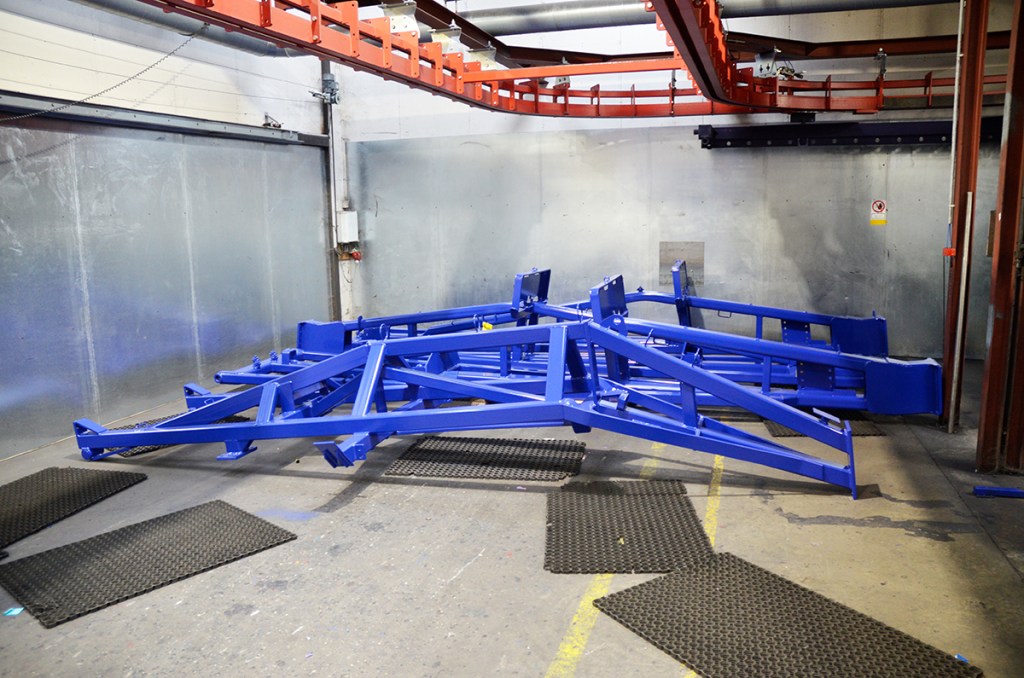
“Many people have moved on from a 3.0m or 3.6m set to a three section hydraulically folding 6.3 or 8.3m unit.”
Dalbo UK has also had a lot of success with the range of precision seedbed cultivators (RolloMaster, RolloMaximum and the Culti series) as well as the stubble machines in the Trimax range.

“This year will be an exciting year for Dalbo UK as it celebrates its 15th anniversary. The year got off to a great start with the launch of a new 3.0m subsoiler at LAMMA.”
Steven Vale
For more up-to-date farming news click here and subscribe now to profi and save.

